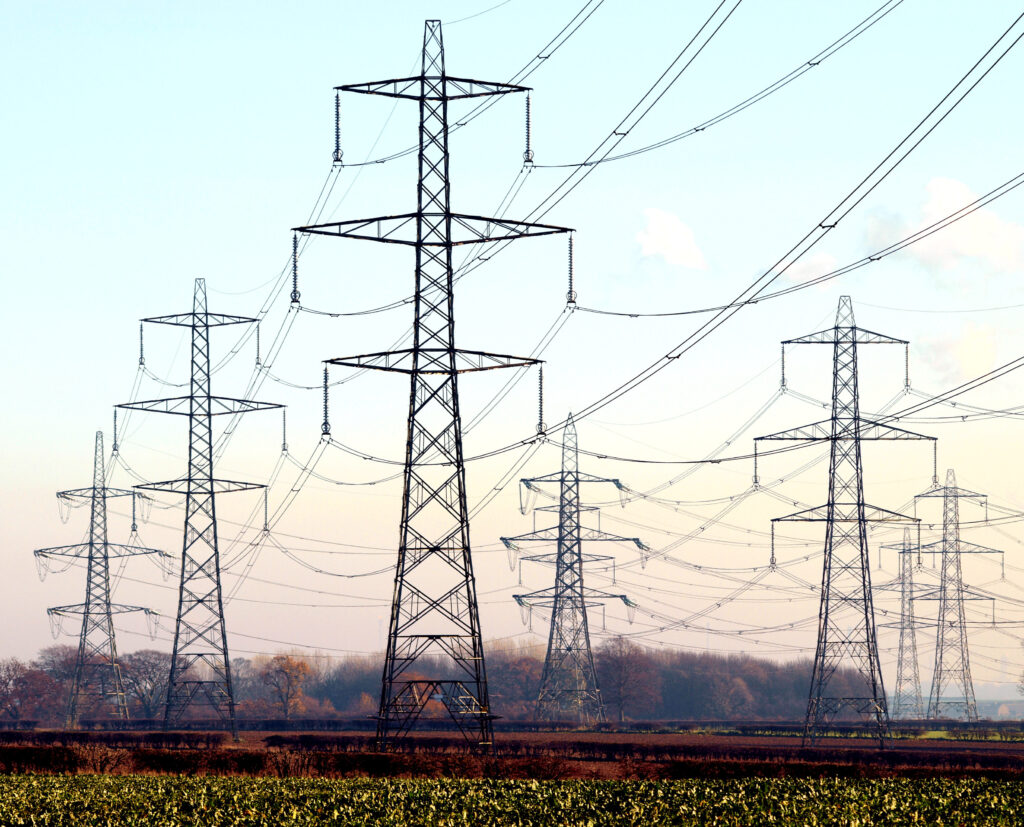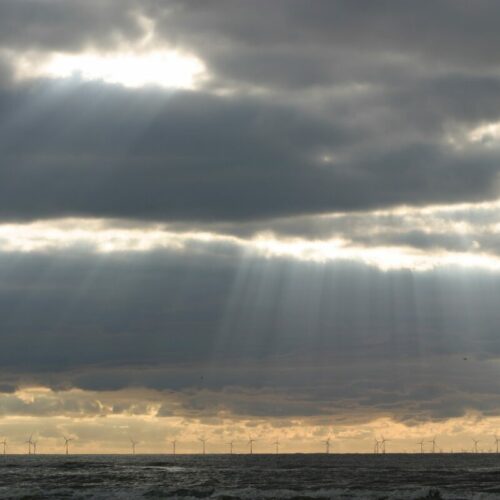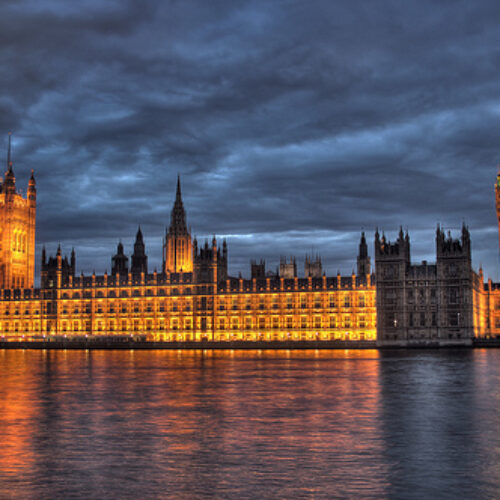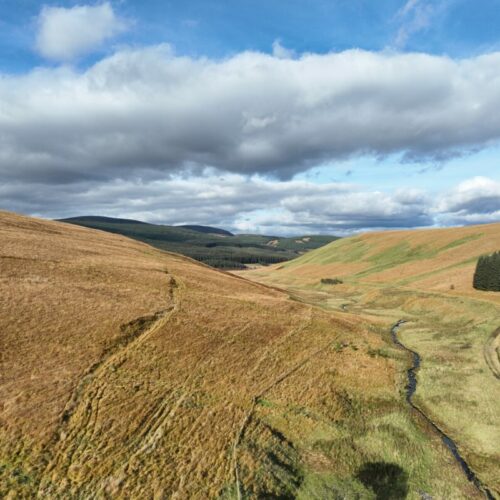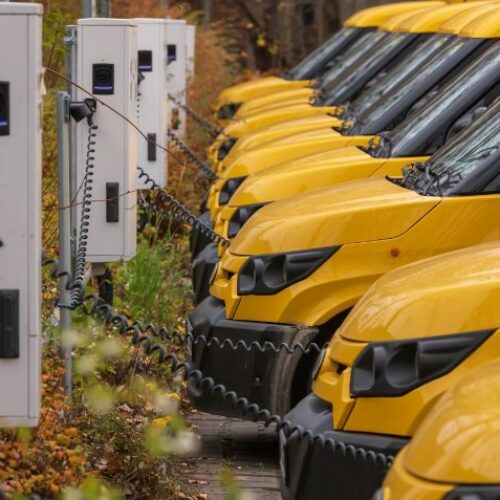Despite the Triads coming to an end in 2023, the increasingly dynamic energy landscape means there is a host of opportunities for those with flexible assets.
The Triads are three half-hour settlement periods that are used to determine Transmission Network Use of System (TNUoS) charges. They’re set between November and February, over periods with the highest system demand.
With the system set to end next month, many have questioned for the changing financial landscape for large energy users, and those with flexible assets.
“I think, first of all, it’s important to recognise that we’re in a very dynamic energy landscape. But for me, that also means an exciting landscape with increased opportunity that we always talk to our clients about the energy trial,” said Barry Hurst, head of sales UK and Ireland at the latest Current± Briefings webinar.
“First of all, we want energy to be affordable. Secondly, we want our energy supply to be secure. And lastly, we all recognise the need to be more sustainable and this means there is an increasing amount of flexible generation.”
With reference to this growing flexible energy generation, Hurst highlighted the positive progress in the UK wind sector. Recently several wind generation records were broken consecutively, including on 10 January when technology generated over 21.62GW.
This broke the previous record, set less than two weeks before on 30 December 2022 when wind generated 20.918GW. This in turn overtook the two preceding records of 19.936GW on 26 October and 20.896GW on 2 November.
Another key aspect discussed surrounds the ongoing demand flexibility service (DFS) being led by National Grid ESO. Due to the popularity amongst the general public, it could be argued that it is a good example of how engaged people have been with this. But does this grant the National Grid more security?
“I think it comes down to ease of use. There are an increasing number of apps that are appearing on Android and Apple devices that allow you, if you’ve got a smart metre, to decrease your load increase,” Hurst said.
“If you’ve got battery storage you can even take consumption off the grid. I think as long as the functionality is there for people to participate, and it doesn’t have massive effect on their lifestyle or core processes from a business point of view, that increased flexibility of generation, will mean that the National Grid will need to rely on increased flexibility of demand, which these apps and software etc, should allow people.”
The first test of the service in 2023 ran on the evening of 17 January, after a flurry of events during the end of November and into early December during the cold weather snap. Over 780MWh of real and projected demand reduction has been provided over the first five DFS tests, which ran on 15 November, 22 November, 30 November, 1 December and 12 December.
The test has seen increased engagement from amongst customers, as indicated by Hurst. Octopus Energy confirmed on 12 December that its customers had moved almost 450MWh of energy consumption across four demand flexibility periods with over £1 million saved collectively.
Across four hours, Octopus Energy customers had been asked to reduce demand on the energy grid in a bid to provide more capacity during peak times. This is performed via Octopus’ “Saving Sessions” scheme.
Going forwards, a permanent DfS system is likely to be implemented by National Grid ESO following this winter’s trial. This adds opportunities for businesses with agregatable assets, along with a range of other markets.
Despite the Triads coming to an end therefore, there remains a host of opportunities, and – as Hurst suggested – more could still be introduced.
“I suspect there will be a similar scheme to triads implemented next year. The National Grid will look at responses from clients and utilities as to how they should shape and form the next scheme,” said Hurst.
Find out more about the revenue opportunities in the post-Triad energy system by watching the full webinar here:
The next Current± Briefing webinar will take place on 2 February at 10am, where we will be joined by SNRG to discuss grid constraints. Register and find out more about Current± Briefings: Tackling grid constraints as a developer here.
